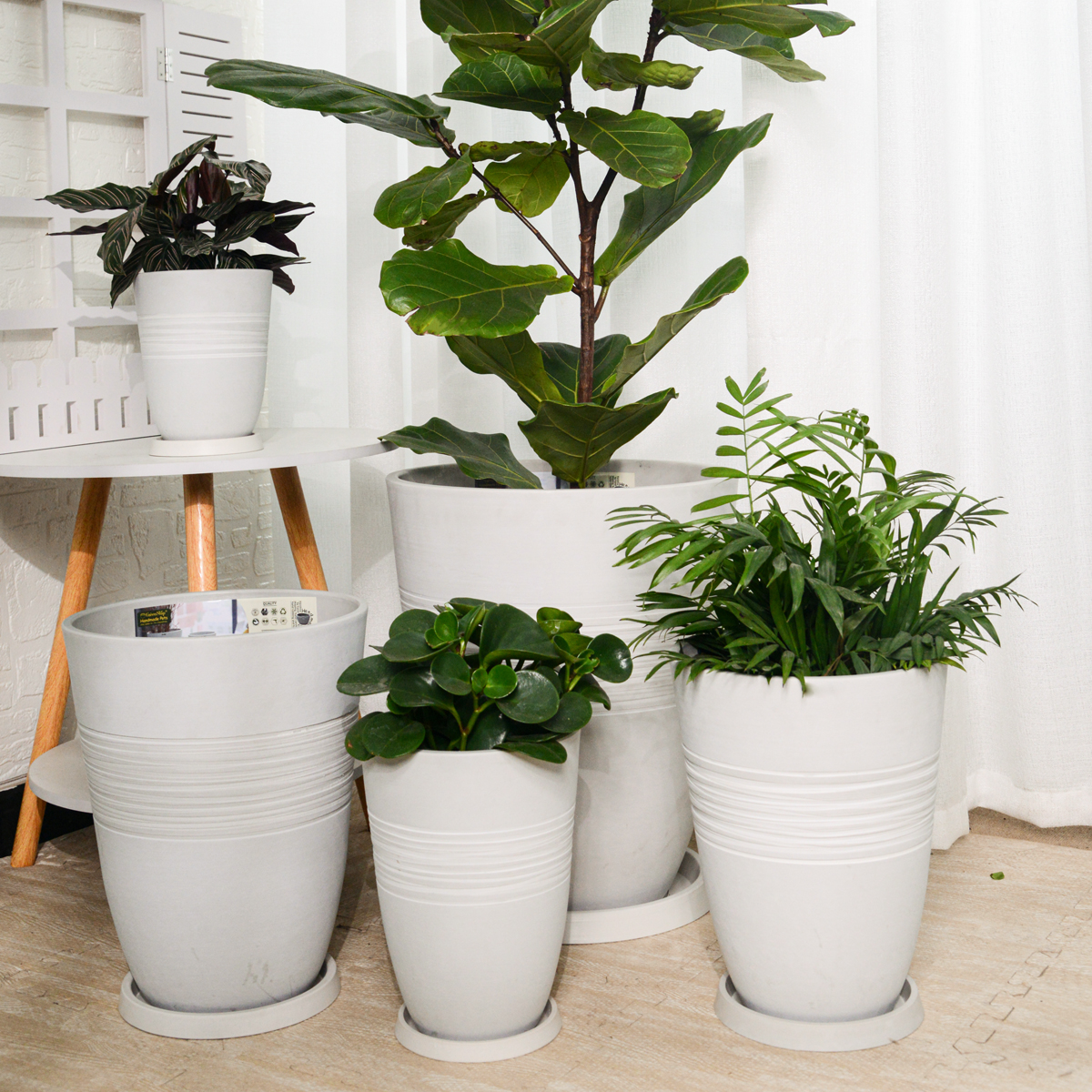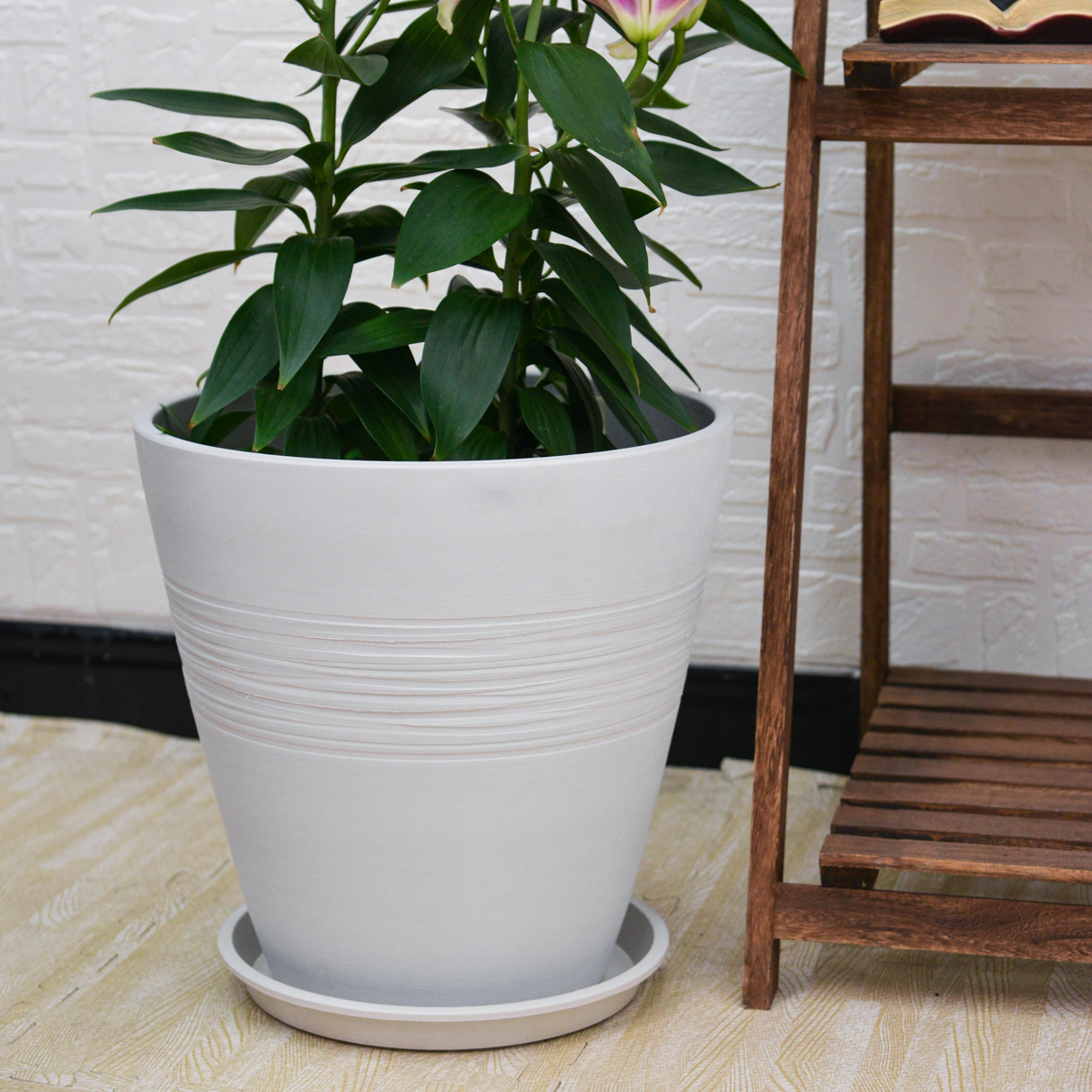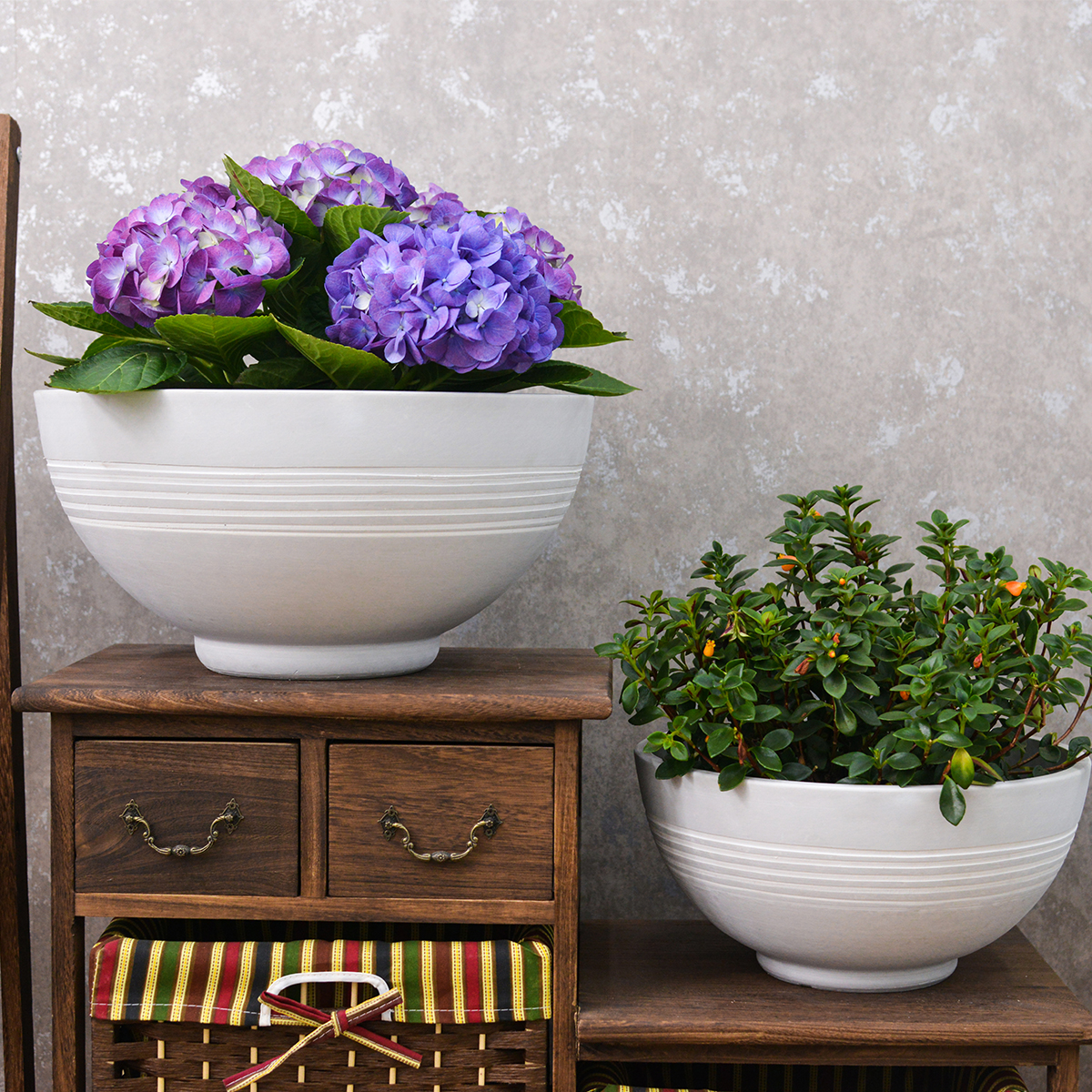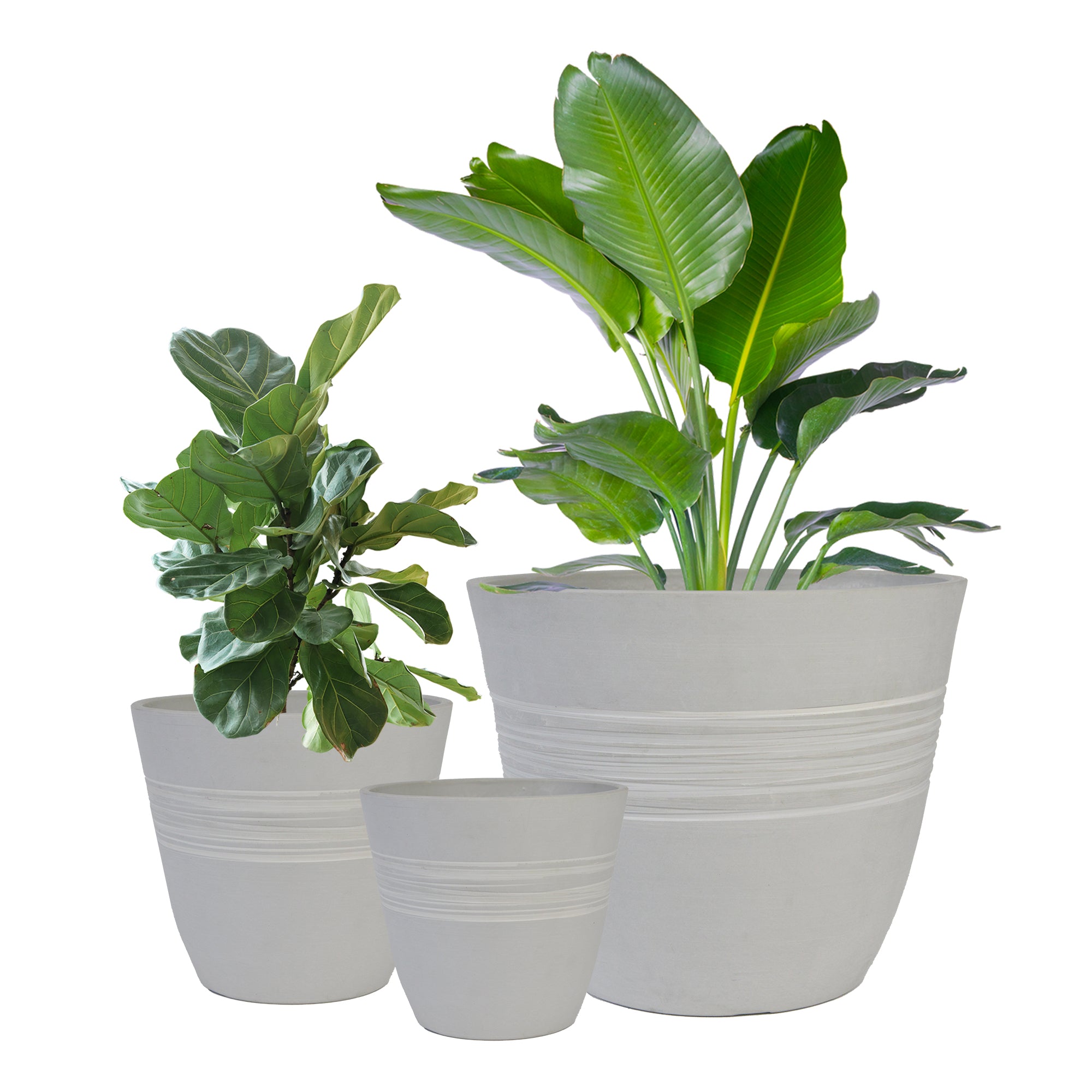Hooded Dwarf Elephant Ear in Pots: The Ultimate Guide to Growing Alocasia Cucullata Outdoors in Containers (Easy & Exotic!)
Want to add a touch of exotic, tropical foliage and lush greenery to your patio, balcony, or garden? Growing Hooded Dwarf Elephant Ear (Alocasia cucullata) in containers is a wonderfully rewarding and surprisingly easy way to bring these striking plants into your outdoor spaces. Celebrated for their unique hooded or cupped leaves, their compact size, their shade tolerance, their low-maintenance nature, and their adaptability to container gardening, Alocasia cucullata is perfect for adding a touch of jungle-like beauty and architectural foliage to your outdoor living areas. This comprehensive guide will provide you with everything you need to know to grow Hooded Dwarf Elephant Ear successfully in outdoor pots, from understanding its unique leaf form and selecting the best containers to mastering essential care techniques for a thriving and lush foliage display.
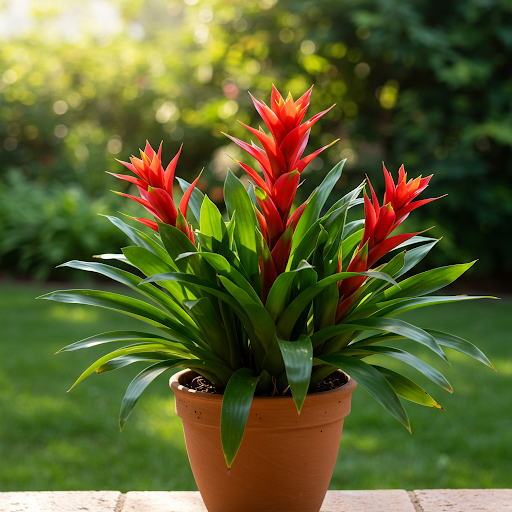
Hooded Dwarf Elephant Ear
What is Hooded Dwarf Elephant Ear?
Hooded Dwarf Elephant Ear, scientifically known as Alocasia cucullata, is a rhizomatous evergreen perennialbelonging to the Araceae family (Arum or Aroid family), which also includes plants like peace lilies and calla lilies. Native to Southeast Asia, particularly India and parts of Indochina, it is widely cultivated as an ornamental plant around the world, especially in tropical and subtropical climates, prized for its distinctive hooded or cupped leaves, compact size, shade tolerance, easy care, and exotic appearance. Alocasia cucullata is characterized by its clump-forming growth habit, its thick, fleshy rhizomes (underground stems), its upright, sturdy petioles (leaf stalks), and its unique, deeply cupped or hooded leaves that are its most distinguishing feature. The leaves are heart-shaped to arrow-shaped, glossy green, and deeply concave or cupped upwards, resembling a hood or cowl, hence the common name. They can reach sizes of 6-12 inches (15-30 cm) long and wide. The plant itself is relatively small and compact compared to other Alocasia species, typically reaching heights of 1-3 feet (30-90 cm), making it well-suited for container gardening and smaller spaces. Alocasia cucullata is known for its unusual and intriguing leaf shape, its lush tropical foliage, its shade tolerance, its air-purifying qualities, its relative ease of care, and its ability to bring a touch of exotic greenery and architectural interest to any indoor or outdoor setting. It is also considered to have some cultural significance in parts of Asia, sometimes associated with good luck or protection.
Is Hooded Dwarf Elephant Ear Good for Outdoor Pots?
Yes, Hooded Dwarf Elephant Ear is exceptionally well-suited for outdoor pots and container gardening, and is often the preferred method of cultivation, especially in non-tropical climates or for those wanting to manage its size and location. Container growing perfectly suits its needs and allows for easy movement and control over its growing environment. Its adaptability to container culture, manageable size in pots, tolerance of shade, beautiful and unique foliage, and relative ease of care make it ideal for container cultivation. Growing Alocasia cucullata in pots offers several advantages:
- Ideal for Patios and Balconies: Container gardening allows you to enjoy Hooded Dwarf Elephant Ear even if you have limited garden space, such as on balconies, patios, or decks. They bring lush tropical foliage and architectural interest to paved areas.
- Portability: Potted Alocasia cucullata plants can be easily moved to optimal locations for shade, display, or shelter from extreme weather. You can rearrange them to create stunning focal points or seasonal displays. Bring them indoors to protect from frost in colder climates or from excessive rain in very wet periods.
- Controlled Soil Conditions: Container gardening allows you to provide the specific well-draining, rich, and slightly acidic soil mix that Alocasia cucullata prefers and control watering and fertilization more precisely, which is important for its health and lush foliage growth.
- Design Versatility: Hooded Dwarf Elephant Ears in pots can be used as standalone specimen plants in decorative pots, placed in groups for a massed foliage display, incorporated into mixed container arrangements with other shade-loving tropical plants, or used as understory plants beneath taller potted trees or shrubs. Their unique leaf form adds an architectural and exotic element to container gardens.
- Pest and Disease Management: Container growing can help reduce some soilborne pest and disease issues that can affect Alocasia cucullata planted directly in the ground.
- Size Control: Container growing naturally restricts the size of Alocasia cucullata, keeping it to a more manageable size for smaller gardens and preventing it from spreading too aggressively, which can be a concern in some climates when planted directly in the ground.
- Highlighting Unique Leaf Form: Container growing allows you to bring the fascinating hooded leaves up close for easy observation and enjoyment of their unique shape and texture.
Ideal Growing Conditions for Hooded Dwarf Elephant Ear in Pots:
Types of Hooded Dwarf Elephant Ear (Species and Variations): You will primarily be growing the standard Alocasia cucullata species. There aren’t many distinct cultivars specifically of Alocasia cucullata, as the species itself is already highly valued for its unique leaf form. However, you might find slight variations in leaf size or plant size from different sources. Ensure you are obtaining Alocasia cucullata specifically if you are seeking the hooded-leaf form, as other Alocasia species have different leaf shapes.
Light: Hooded Dwarf Elephant Ear prefers partial shade to shade. They thrive in bright, indirect light or dappled shade. Avoid direct sunlight, especially harsh afternoon sun, as this can scorch their leaves. East-facing patios or balconies that receive morning sun and are shaded in the afternoon are often ideal. When grown in pots outdoors, position them in a location with partial shade, bright indirect light, or morning sun and afternoon shade. Too much direct sun can cause leaf burn or yellowing. Too much dense shade can lead to leggy growth and less vibrant foliage. Bright, indirect light is optimal for lush, healthy foliage.
Soil: Alocasia cucullata needs well-draining, rich soil that is high in organic matter and slightly acidic. Use a high-quality general-purpose potting mix amended to improve drainage and richness. Amend potting mix generously with compost, well-rotted manure, peat moss or coco coir, and perlite or vermiculite to improve fertility, drainage, water retention, and aeration. Good drainage is essential to prevent root rot, but the soil should also be able to retain some moisture due to their preference for consistently moist conditions. A slightly acidic to neutral pH (around 5.5-6.5) is ideal. You can incorporate some orchid bark or coarse sand into the mix to further enhance drainage and aeration if needed.
Watering: Hooded Dwarf Elephant Ear prefers to be kept consistently moist, especially during the growing season (spring and summer), but they don’t want to be waterlogged. Water thoroughly when the top inch of soil feels slightly dry. Water deeply until water drains out of the drainage holes. Then, allow the topsoil to slightly dry before watering again. Avoid overwatering and consistently soggy soil, which can lead to root rot. Also, avoid letting the soil dry out completely, especially during warm weather. They prefer a “moist but not soggy” soil environment. Watering frequency will depend on weather conditions, light levels, pot type, and plant size. Water more frequently during warmer, drier periods and less frequently during cooler, cloudier periods and in winter. Reduce watering slightly in winter when growth slows down, but don’t let the rhizomes dry out completely. Use room temperature water and avoid cold water, which can shock the roots.
Temperature: Alocasia cucullata thrives in warm temperatures, ideally between 65-85°F (18-29°C) during the growing season. They are tropical plants and appreciate warmth. In Singapore’s consistently warm climate, temperature is generally ideal for Hooded Dwarf Elephant Ear year-round. They are not frost-tolerant and should be protected from temperatures below 50°F (10°C). Consistent warm temperatures are beneficial for lush foliage growth.
Humidity: Hooded Dwarf Elephant Ear prefers high humidity, reflecting their rainforest origins. Singapore’s humidity is generally well-suited to Alocasia cucullata. They benefit from increased humidity, especially in dry indoor environments or during dry weather. You can increase humidity around potted plants by grouping plants together, using a humidity tray, or misting them occasionally (though good air circulation is also important to prevent fungal issues).
Fertilizer: Alocasia cucullata are moderate to heavy feeders and benefit from regular fertilization during their active growing season to support their lush foliage growth. Fertilize every 2-4 weeks during the spring and summer growing season (active growth period). Use a balanced liquid fertilizer (e.g., 20-20-20 or 10-10-10) diluted to half strength, or a fertilizer specifically formulated for foliage plants or tropical plants. Follow product label instructions for application rates. A fertilizer slightly higher in nitrogen (the first number) can encourage lush green foliage growth. You can also amend the potting mix with slow-release fertilizer granules at planting time for a season-long feeding. Reduce or stop fertilizing during the dormant period in winter (or during cooler, less active growth periods). Avoid over-fertilizing, which can lead to salt build-up in the soil and leaf burn.
Choosing the Right Pots for Hooded Dwarf Elephant Ear:
Suitable Pot Types: Alocasia cucullata can be grown in various pot types, but good drainage and appropriate size are important. Suitable pot types include:
- Terracotta Pots: Terracotta pots are a good choice as they are porous, allowing for good aeration and drainage, and help prevent overwatering, which is beneficial for Alocasia. Terracotta also provides good stability.
- Ceramic Pots (Unglazed or Glazed): Unglazed or glazed ceramic pots can be used, offering a wide range of decorative styles. Ensure they have drainage holes. Unglazed ceramic is more breathable like terracotta. Choose based on your desired aesthetic and pot size needs.
- Resin Pots (Lightweight and Durable): Lightweight, durable resin pots are a good option, especially for larger plants, as they are easier to move than heavy terracotta or ceramic. Choose sturdy resin pots with good drainage.
- Plastic Pots (with Caution on Overwatering): Sturdy plastic pots can be used, especially for lightweight portability, but be extra careful not to overwater in plastic pots as they retain moisture more than terracotta. Ensure excellent drainage and use a very well-draining potting mix.
Drainage: Excellent drainage is essential for Alocasia cucullata to prevent root rot. Ensure your chosen pot has drainage holes at the bottom. Avoid pots without drainage holes. Always use a drainage layer at the base of the pot (e.g., a layer of gravel or pot shards) beneath the potting mix to further enhance drainage. Elevating pots slightly on pot feet or bricks can also improve drainage and air circulation.
Pot Size: Choose pot sizes appropriate for the size and maturity of your Alocasia cucullata plant and your desired display. They have moderately sized root systems and need room for rhizome and root development and plant growth.
- Young Plants or Small Rhizomes: Start with pots that are at least 6-8 inches in diameter and depth.
- Mature Plants (Medium-Sized): Use pots that are 10-14 inches in diameter and depth or larger.
- Larger, More Mature Specimens: Pots that are 14-18 inches in diameter and depth or larger can be used for very mature, larger plants or for grouping multiple rhizomes in one pot for a fuller display.
- Depth: Pots should be at least 8-10 inches deep, and ideally 10-12 inches deep or more for larger varieties, to accommodate the rhizome and root system and provide good soil volume.
Stability: Alocasia cucullata plants are generally not very top-heavy, but using moderately weighted pots (terracotta or ceramic) can provide good stability, especially for larger, bushier plants or in slightly windy locations. Wider pots are generally more stable than tall, narrow pots.
Color and Style: Choose pot colors and styles that complement the lush green foliage and exotic form of your Alocasia cucullata and your outdoor décor, and enhance their tropical appearance. Natural terracotta, earthy tones, dark green, or even brightly colored pots can create a lush and inviting look, highlighting the vibrant green leaves and architectural form. Consider the overall style of your patio or balcony and choose pots that harmonize with the surroundings and enhance the desired tropical, foliage-focused garden ambiance.
Essential Care Tips for Thriving Hooded Dwarf Elephant Ear in Outdoor Pots:
- Watering: “Keep Soil Consistently Moist During Growing Season, Allow Top Inch of Soil to Slightly Dry Between Waterings”. Water thoroughly when top inch of soil is slightly dry during growing season. Water deeply and ensure good drainage. Allow topsoil to slightly dry between waterings. Avoid overwatering and soggy soil.
- Sunlight: Provide Partial Shade to Shade (Avoid Direct Sun). Place Alocasia cucullata pots in a location with partial shade, bright indirect light, or morning sun and afternoon shade outdoors. Protect from harsh afternoon sun.
- Fertilizing: Fertilize Every 2-4 Weeks During Growing Season with Balanced Liquid Fertilizer or Foliage Plant Fertilizer. Fertilize regularly during the spring and summer growing season to promote healthy foliage growth. Use balanced liquid fertilizer or foliage plant fertilizer. Reduce or stop fertilizing during dormancy.
- Humidity (High Humidity Preferred): Alocasia cucullata plants appreciate high humidity. Increase humidity if needed, especially in dry climates.
- Cleaning Leaves (Dust Removal): Wipe down the large leaves occasionally with a damp cloth to remove dust and keep them glossy and healthy. This also helps with photosynthesis.
- Pest and Disease Control (Generally Low Maintenance): Alocasia cucullata are generally relatively pest and disease-resistant. Monitor for spider mites or aphids occasionally. Treat with insecticidal soap or horticultural oil if needed. Ensure good air circulation to prevent fungal diseases, especially in humid climates.
- Winter Care (Minimal Care in Singapore, Protect from Frost in Colder Climates): In Singapore’s climate, Alocasia cucullata can be grown year-round. In colder climates (outside of tropical zones), potted Alocasia cucullatawill need winter protection. Move pots indoors to a bright, cool room or basement before frost. Reduce watering significantly during winter dormancy. They may lose some leaves or go dormant in cooler temperatures, but will regrow in spring.
- Dividing Rhizomes (Every Few Years if Overcrowded): Alocasia cucullata can be propagated by dividing the rhizomes every few years if the plant becomes overcrowded in its pot or to create new plants. Divide rhizomes in spring when repotting.
Popular Hooded Dwarf Elephant Ear “Cultivars” (Variations within Alocasia cucullata Species):
As mentioned, there aren’t many distinct cultivars of Alocasia cucullata. Variations you might find relate to:
- Leaf Size: Some sources may offer plants with slightly larger or smaller leaves.
- Plant Size: Variations in overall mature plant height and spread may occur.
- Leaf Color Intensity: Slight variations in the shade of green of the leaves.
When purchasing, ensure you are getting Alocasia cucullata if you are specifically seeking the hooded-leaf form and dwarf size.
In Summary:
Growing Hooded Dwarf Elephant Ear (Alocasia cucullata) in outdoor pots is a wonderfully rewarding way to add a touch of exotic, lush, and low-maintenance tropical foliage to your patio, balcony, or garden. Their unique hooded leaves, compact size, shade tolerance, and adaptability to containers make them a perfect choice for container gardeners of all levels, especially those seeking architectural foliage and easy-care greenery for shaded outdoor spaces. By providing partial shade, well-draining, rich potting mix in pots with good drainage, keeping the soil consistently moist but not waterlogged, and regular fertilizing during the growing season, you can easily cultivate thriving and spectacularly leafy Alocasia cucullata plants in pots and enjoy their exotic beauty and lush foliage in your outdoor living areas for many years to come.
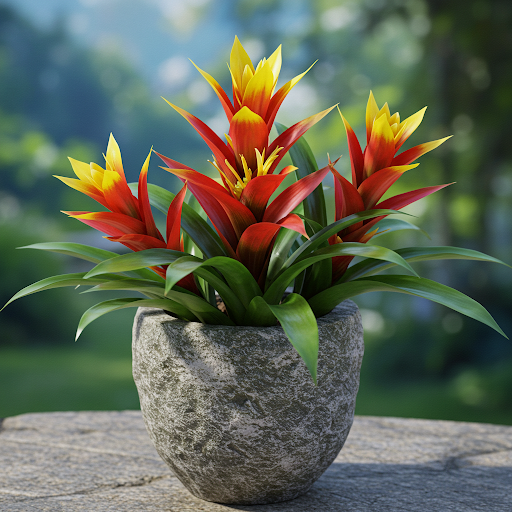
Hooded Dwarf Elephant Ear
Important Note: The beauty of Hooded Dwarf Elephant Ear lies in its unique foliage! Provide shade, consistent moisture, and rich soil, and you will be rewarded with a lush, exotic, and easy-care tropical plant in your container garden!
KC2-11VH
By greenship|2024-08-16T06:19:28+00:00August 16, 2024|Categories: Hand-carving Series|
KC2-GS
By greenship|2024-08-16T06:30:21+00:00August 16, 2024|Categories: Hand-carving Series|
KC3-09k
By greenship|2024-08-16T06:24:36+00:00August 16, 2024|Categories: Hand-carving Series|
11TH
By greenship|2024-08-13T02:50:25+00:00August 13, 2024|Categories: Hand-carving Series|
KC2-11V
By greenship|2024-08-16T05:39:50+00:00August 16, 2024|Categories: Hand-carving Series|
Plant Pots 6 inch 8 inch 12 inch for Indoor Outdoor Plants, Set of 3 Modern Decorative Planter with Drainage Hole, Decorative Flower Pots
By greenship-seo|2025-04-10T06:38:40+00:00January 16, 2025|Categories: Hand-carving Series|Tags: Decorative Flower Pots|

